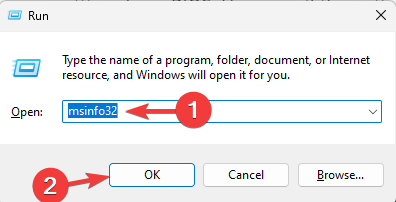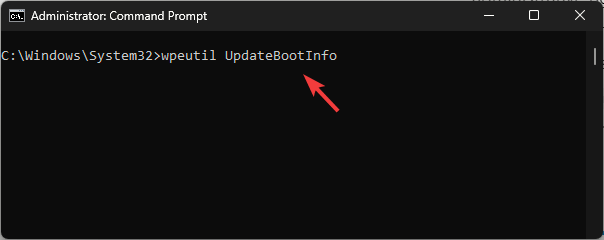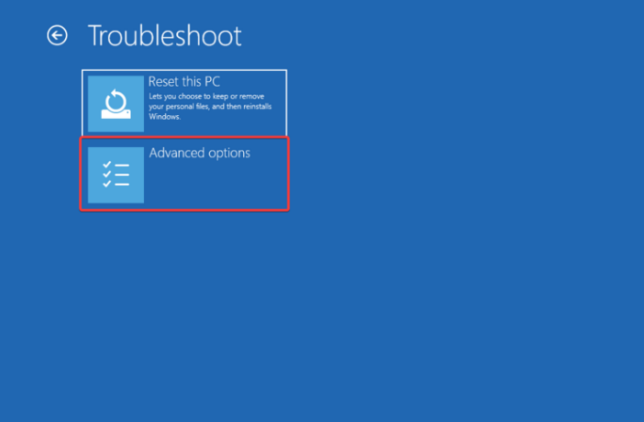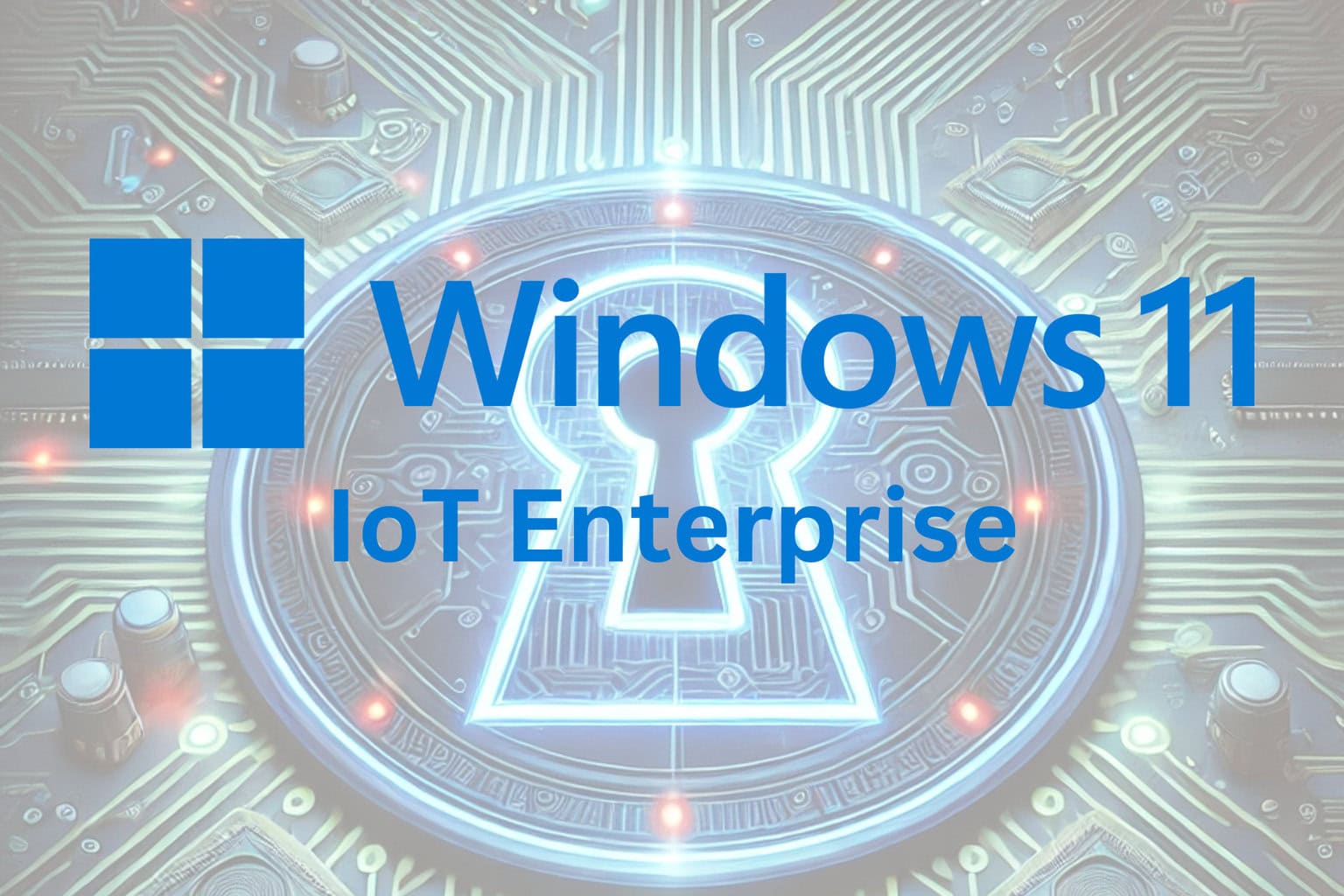How to Check if Windows 11 is UEFI or Legacy
The simplest method is to check the System Information page
5 min. read
Updated on
Read our disclosure page to find out how can you help Windows Report sustain the editorial team. Read more
Key notes
- To check if your Windows 11 computer is UEFI or Legacy, you can use Disk Management, Command Prompt or BCDEDIT command.
- Keep reading to learn more about each method!

If you want to check if Windows 11 is UEFI or Legacy BIOS on your computer, this guide can help! We will explore simple ways to find the system boot mode information, as it is essential for tasks like boot management & system maintenance.
What’s the difference between UEFI and Legacy?
| Categories | Legacy BIOS | UEFI (Unified Extensible Firmware Interface) |
| Boot interface | Text-based format, which is less user-friendly. | Provides GUI during the boot process and usually has mouse support. |
| Secure Boot | Doesn’t come with it. | Speeds up the boot time and supports security features like Secure boot. |
| Disk Partitioning | Has the MBR (Master Boot Record) partitioning scheme with limitations & supports 3 primary partition and 1 extended partition. | Uses with the GPT (GUID Partition Table). |
| Compatibility | Is compatible with older hardware and 32-bit operating systems. | Compatible with the latest hardware, including 64-bit operating systems and drives larger than 2.2 terabytes. |
How do I know if I have UEFI or Legacy on Windows 11?
Before proceeding with the steps to check the system boot mode, go through the following preliminary checks:
- Ensure you have logged in using an account with administrator privileges.
- Should have access to the computer either physically or remotely.
1. Using the System Information page
- Press Windows + R to open the Run dialog box.
- Type msinfo32 and click OK to launch the System Information page.
- From the left pane, select System Summary.
- Now locate BIOS Mode from the right pane, and check the Value to see if it is Legacy or UEFI.
2. Check the setupact.log
- Press Windows + E to open the File Explorer window.
- Navigate to this path:
C:\Windows\Panther\UnattendGC - Locate and double-click setupact.log to open it in Notepad.
- Press Ctrl + F to get the Find dialog box. Type Detected Boot Environment and click Enter.
- Once you reach the line, your system has Legacy BIOS if it says: Callback_BootEnvironmentDetect: Detected boot environment: BIOS. However, if you see Callback_BootEnvironmentDetect: Detected boot environment: UEFI, then it uses UEFI.
3. Using the BCDEDIT command
- Press the Windows key, type cmd, and click Run as administrator.
- Copy & paste the following command to get the list of entries in the Boot Configuration data and hit Enter:
bcdedit /enum - Next, locate the Windows Boot Loader entry and check its path. If you see \WINDOWS\system32\winload.efi, the system has UEFI boot mode. However, it says \Windows\system32\winload.exe, and the computer has Legacy BIOS.
4. Using the Disk Management app
- Press Windows + R to open the Run window.
- Type diskmgmt.msc and click OK to open the Disk Management app.
- Go to the lower section of the app and hover over the primary HDD or SSD; if you see EFI System Partition, the boot mode is UEFI.
If your system BIOS mode is UEFI and you want to learn how to create a Windows 10 bootable USB to upgrade the system, explore this guide!
5. Using the Command Prompt at boot
- Boot your computer using a USB drive, then press Shift + F10 to the Command Prompt with administrative rights.
- Type the following command and press Enter:
wpeutil UpdateBootInfo - Next, copy & paste the following command and hit Enter:
reg query HKLM\System\CurrentControlSet\Control /v PEFirmwareType - If the PEFirmwareType has set the Value data to 1, it is Legacy BIOS; if it is 2, it is UEFI.
6. Using the Windows PowerShell
- Press the Windows key, type powershell, and click Run as administrator.
- Type the following command and hit Enter:
$env:firmware_type - It will display the system boot mode in an instant.
7. Using the Advanced options
- Press Windows + I to open Settings.
- Go to System, then Recovery.
- Locate and click Restart now, next to Advanced Startup.
- Windows will reboot; on the Choose an option screen, select Troubleshoot.
- Now, select Advanced options.
- Click UEFI Firmware Settings.
- Next, click Restart; your computer will restart with the BIOS menu.
- Go to the Boot menu and locate Advanced Boot options. Check if it is UEFI or Legacy.
Can I switch from Legacy to UEFI?
You can switch the system mode, provided your system hardware supports it. Also, it is a necessary step if you are upgrading your computer to Windows 11. To switch it, follow these steps:
- Reboot your computer and press the F2 or F10 key, depending upon your device manufacturer, to enter the BIOS menu.
- Next, go to the Boot tab and locate Advanced Boot options.
- You will see UEFI and Legacy BIOS mode; use the arrow keys to switch between them, then press F10 to save and exit the BIOS menu.
Checking the BIOS mode is essential if you are going to make significant hardware changes, like adding a new hard drive or can be useful while troubleshooting boot problems.
Also, if you are planning to upgrade your computer to the latest Windows version or get firmware updates, you must know about it.
If you are using older hardware and want to install Windows 11, the chances are the system boot mode is Legacy BIOS, and therefore, you can’t use the conventional method; read this guide to learn an alternate one.
Which method would you use to check the system boot mode on your computer? Tell us in the comments section below.
























User forum
0 messages